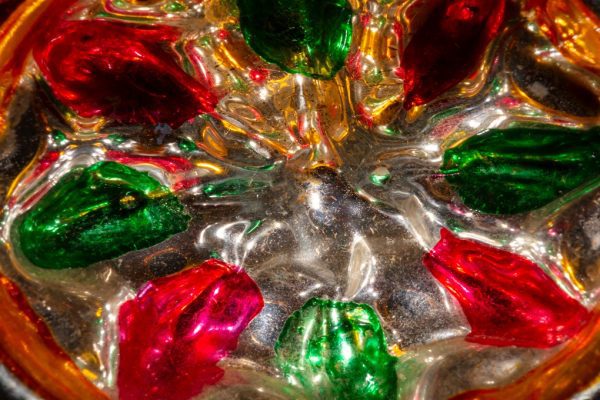Today we are looking at a bit of unknown history about polio in Czechoslovakia and the Czech influence that would become a part of the polio wars. Poliomyelitis or polio is a highly contagious disease that can cause paralysis of the legs, hands and respiratory muscles. It’s basically a bullet trying to kill specific parts of the human brain. Children under five are the most vulnerable to the virus. In 1960, Czechoslovakia became the first country in the world to eradicate the disease. So few people today can imagine the fear that polio and parents had around 1950.
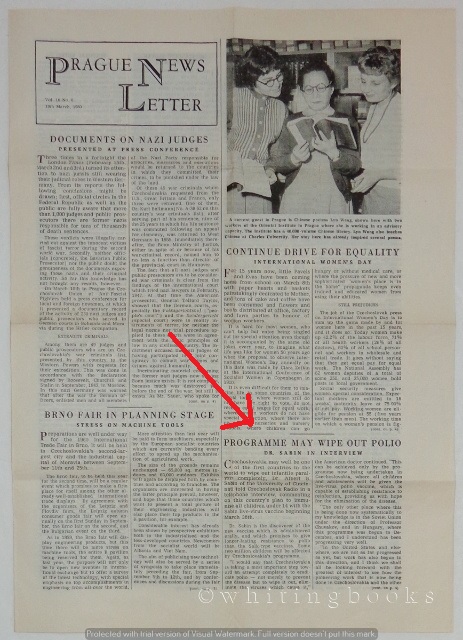
All the following information is from a fascinating book I recently read entitled, Polio Wars: Sister Kenny and the Golden Age of American Medicine by Naomi Rogers.
Polio Wars is the story of Sister Elizabeth Kenny – “Sister” being a reference to her status as a senior nurse, not a religious designation – who arrived in the US from Australia in 1940 espousing an unorthodox approach to the treatment of polio.
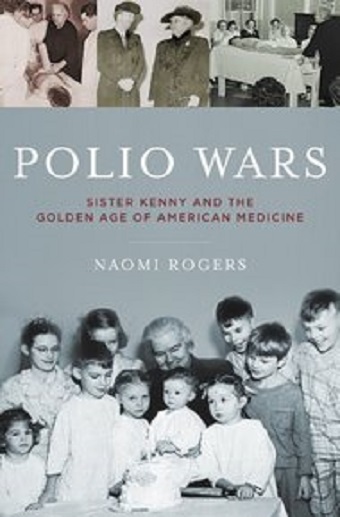
Although she was never a registered nurse, she initiated her own nursing practice, traveling by horseback, and later by motorcycle to visit patients in rural Australia. Kenny became known universally as Sister Kenny in 1917 after enlisting in the Australian Infantry Forces (AIF) with the Australian Army Nursing Service (AANS). During the war she served as a staff nurse on troopships carrying wounded soldiers back to Australia. In 1916 she was given the head nurse title ‘Sister’ and she ran with it.
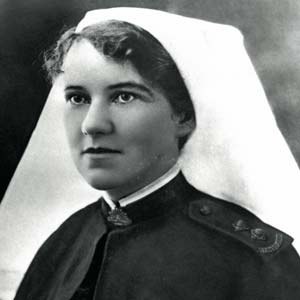
After a shrapnel wound to the knee and leg, she managed to survive the influenza epidemic of 1918. Soon after she suffered a mild heart attack and was treated in Germany before returning to Australia in 1919. Kenny received a British War Medal for her services to the war effort.
What I found interesting in my reading this book was Sister Kenny’s time and work in Czechoslovakia…
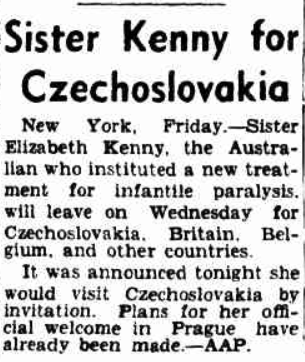
Ironically in these fraught days of the early Cold War, the place that provided the most promising site for expanding Kenny’s work was Czechoslovakia, on the other side of the Iron Curtain.
Polio in Czechoslovakia
In August 1949, Kenny had been invited to Prague by the Czech Ministry of Health, an invitation organized by Professor Marianna Vetterova-Pastrnkova, a well-connected former teacher of English.
Vetterova skillfully promoted Kenny’s work by aligning herself with František Pokorný, a physician who directed the well-known Janské Lázně (Warm Springs) spa and had begun to use the Kenny method after a severe polio epidemic in 1948.
After meeting Kenny, Pokorny became an even more fervent proponent. He used the gray and red books Kenny left behind as the basis for treating his patients and described his work in a local medical journal.
Vetterova urged Kenny to send one of her technicians to Czechoslovakia to give lectures and clinical demonstrations, and the vice-minister of health promised that his officials would fit the film with Czech subtitles and organize a 4-month course on the principles of the Kenny Method as long as Kenny sent an experienced teacher to direct the course.
The combination of Vetterova, Pokorny, and the distinctive context of postwar Czechoslovakia led to an unusual opportunity to institutionalize Kenny’s work.
Dorothy Curtis was the obvious choice to lead the enterprise. As a graduate of Oberlin College followed by a nursing degree from the University of Minnesota, she had a richer academic background than most American nurses of her generation.
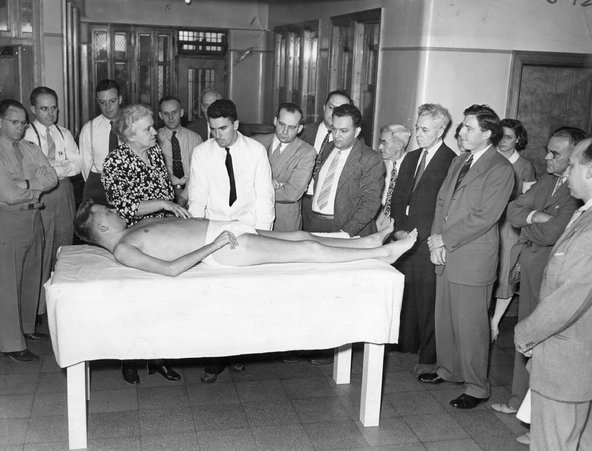
During the war she was a lieutenant in the Army Nurse Corps and then worked in public relations in the Office of the Chief Surgeon of the European Theater of Operations. After the war, Curtis, described by reporters as “a black-haired, energetic therapist”, became a member of Kenny’s inner circle. Frustrated by her work in Brussels, Curtis told Kenny she was “intensely interested” in the opportunity “to further the distribution of your work” in Czechoslovakia, whatever “the risks that may be incurred in fulfilling this request.”
She accompanied Kenny to Prague in 1949 and met Vetterov, whom Curtis identified as “a woman with many prominent and influential friends [who was]… really the power behind this work here.”
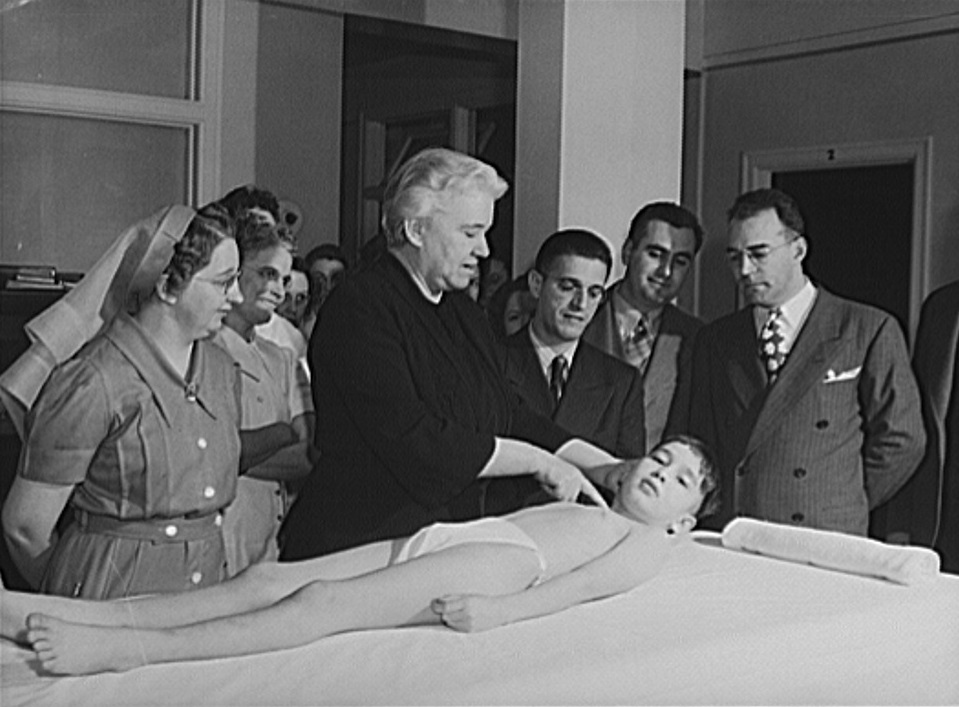
Czechoslovakia had been reestablished as a republic immediatly after the war, but by 1948 it was under the control of the Soviet Union. The country had experienced its first large polio epidemic in 1939, and during the 1940s Czech physicians had turned to the latest medical technologies such as the convalescent serum and the preventitive nasal spray, and incorporated additional rehabilitation therapies such as hydrotherapy.
When Curtis arrived in October of 1949, Czech health officials offered Curtis the use of a 150-bed hospital in Prague that had been cleared of all patients, other than patients with polio. In addition to treating patients, Curtis gave courses in the Kenny method, which were attended by more than 50 nurses and therapists. She also gave lectures and clinical demonstrations to physicians, returning twice in 1950.
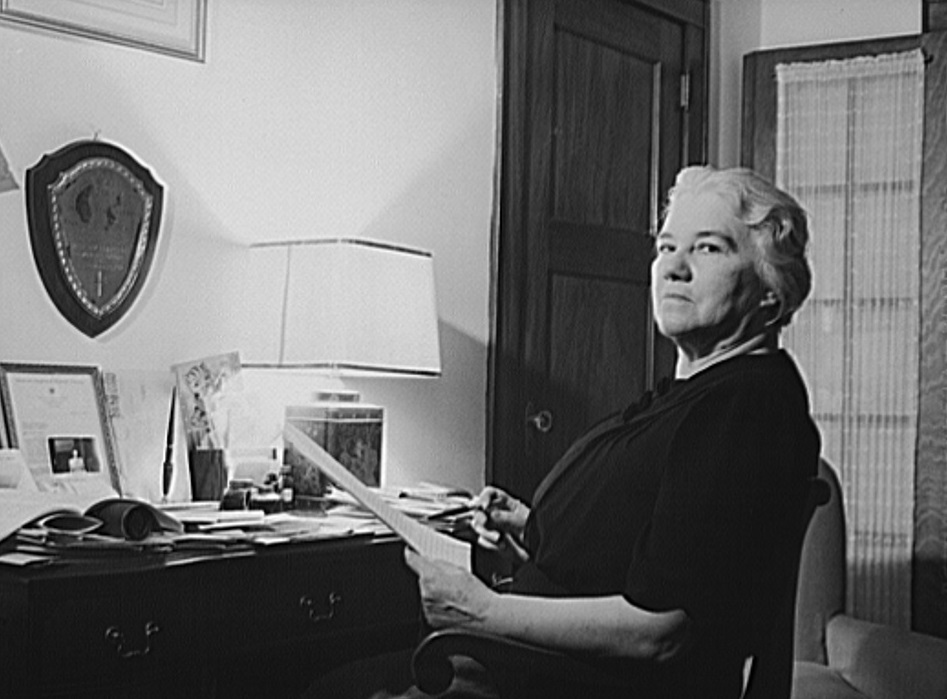
A quick video of Sister Kenny arriving back in the USA is at this link.
Sister Kenny is referenced in the TV movie An American Christmas Carol, in which the Tiny Tim character, Jonathan, would be sent for treatment for his disability (never referred to specifically, however, as polio). Her treatments are also suggested to be the basis for Livy Walton’s recovery in The Waltons‘ first-season episode An Easter Story. Livy’s will to walk again after polio leads her to take the chance that Kenny’s methods might work.
Alan Alda credits the Sister Kenny treatments he received from his mother as a young boy for his complete recovery from polio, stating in his autobiography Never Have Your Dog Stuffed that he has no question about their efficacy. In an interview with the Actors Studio, the actor Martin Sheen recounted that he contracted polio as a child and it was only due to his doctor using Sister Kenny’s method that he regained use of his legs.
Other famous patients of Sister Kenny include: Peg Kehret (née Schulze), American author; Marjorie Lawrence, Australian opera singer; Joy McKean, singer; Rosalind Russell’s nephew; Dinah Shore, singer; and Robert Anton Wilson, writer.
A film was made, Sister Kenny, with the following description: “Could a simple country nurse possibly have found a treatment for polio when educated doctors have failed? This is the remarkable true story of Elizabeth Kenny (Rosalind Russell), a nurse far out in the Australian bush, who follows her instincts to treat small children inflicted with the dreaded crippling disease. Working with only her hands, Kenny applies a therapy that, miraculously, allows once-hopelessly-crippled children to rise to their feet and walk again. Instead of applauding her treatment, however, the medical community, led by the inflexible Dr. Brack (Philip Merivale), ridicules Kenny’s unorthodox practice and wields its power to stop her from using it. Undaunted, Kenny forsakes all, even romance, to continue her inspirational fight to save children’s lives.”
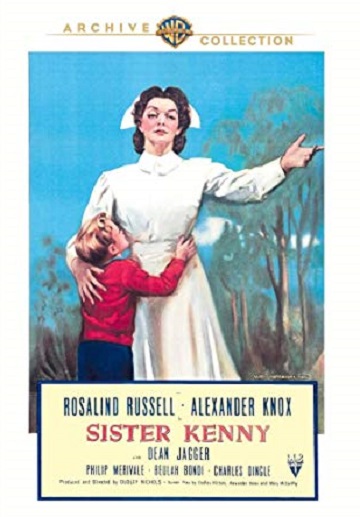
You can purchase the film here.
Sister Kenny had treated more cases than anyone else in the world – she gave the precise number, 7,828 – and no on else was in the position to speak with her authority, yet she is now almost forgotten by the world.
A measure of victory has been won, and honors have been bestowed in token thereof. But honors fade or are forgotten, and monuments crumble into dust. It is the battle itself that matters – and the battle must go on.
Sister Elizabeth Kenny
Here is a clipping of when she was honored by the nation. A feature about the book at the New York Times and nd several other bits and pieces of information can be found here. Additionally, an inventory of her papers are archived at the Minnesota Historical Society and can be seen here.
More information on Polio Wars: Sister Kenny and the Golden Age of American Medicine.
– – – – – – – – –
Eventually, the polio vaccine was invented. In Czechoslovakia (during the time of communism), Chemapol was the only state owned company who was putting out the vaccine.
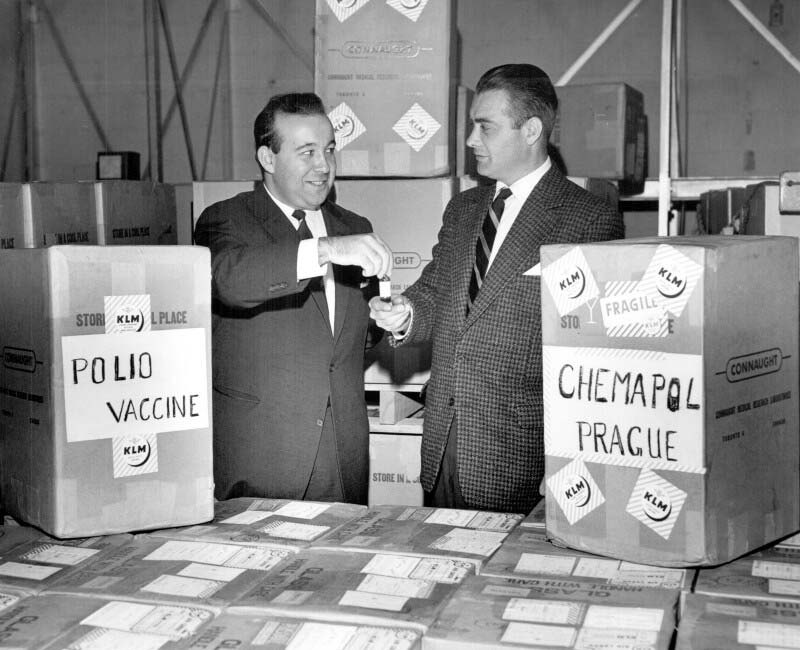
Once an industrial titan, the Czech chemical company faced failure after bad privatization practices and even worse management practices after 1989. Read about that at the New York Times.
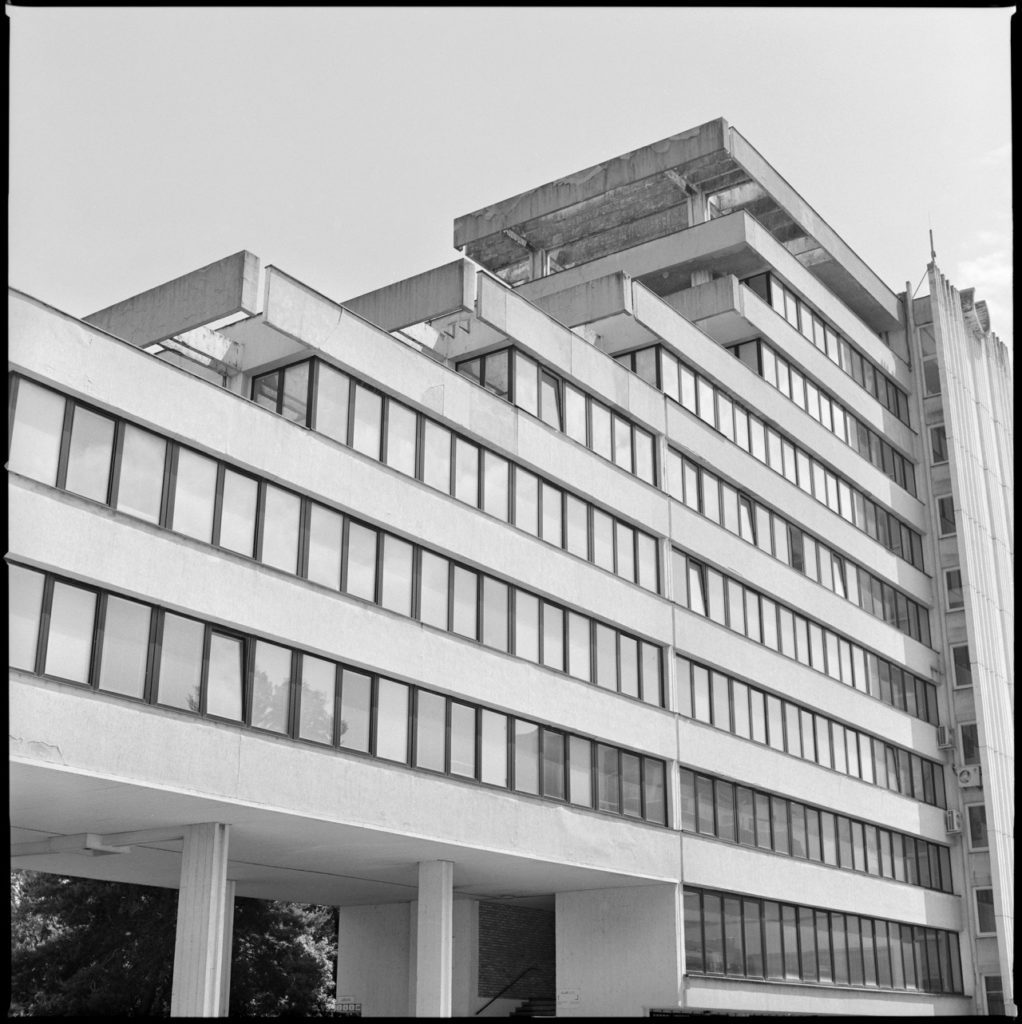
Photo by Carlos Traspaderne with Hasselblad 500 C/M & Ilford film.
You can also read a chapter from the book, The Politics of Vaccination: A Global History. The chapter I recommend is called Vaccination and the communist state: polio in Eastern Europe and you can take a peek by clicking here.
About Janské Lázně
According to Trutnov chronicler Simon Huttl , the hot spring in today’s Janské Lázně was discovered by Jan of Chockov, armor of the knight Albrecht of Trautenberk on the 6th of June, 1006 . The first use of the spring was purely practical. The thermal water was used to drive a water wheel, which operated the iron ore mill, which was built near the spring. The first reports on the use of thermal water for baths are from the fourteenth century, when the owner of the estate, Zilvar of Silberstein, had established a primitive spa facility for the needs of his family. It was a wooden building built over a spring. In 1485 a building for accommodation was built at the spring.
In 1621 the Silberstein family died out and the Emperor confiscated the Vlčice estate , to which Janské Lázně belonged, for the anti-Habsburg resistance of the last owner and handed it over to Albrecht of Wallenstein , Duke of Frýdlant. In 1628, however, because of lack of money, the estate and Janské Lázně were pledged to foreign nobility. In 1673 a foundation stone was laid near the spring to the Chapel of St. John the Baptist. In 1675, Jan Adolf, Prince of Schwarzenberg , became the owner of Janské Lázně , who in 1677 established the basis of today’s spa resort by building six new buildings at the spring and commissioning Dr. Hettmayer by writing a scholarly treatise on the effects of the spa spring.
Janské Lázně was developing. In 1685 there were 22 houses, a mill, an inn and a spa house. Then, however, began a seven-year war between Austria and Prussia, which, while avoiding Janske Lazne, but the estate was looted by warring troops, and this has a detrimental effect on his condition. The considerable distance of the Vlčice manor from the other Schwarzenberg estate caused difficulties. Therefore, in 1788, Prince Jan Nepomuk took the opportunity to exchange them for monastery estates in Zlatá Koruna and Borovany in South Bohemia.
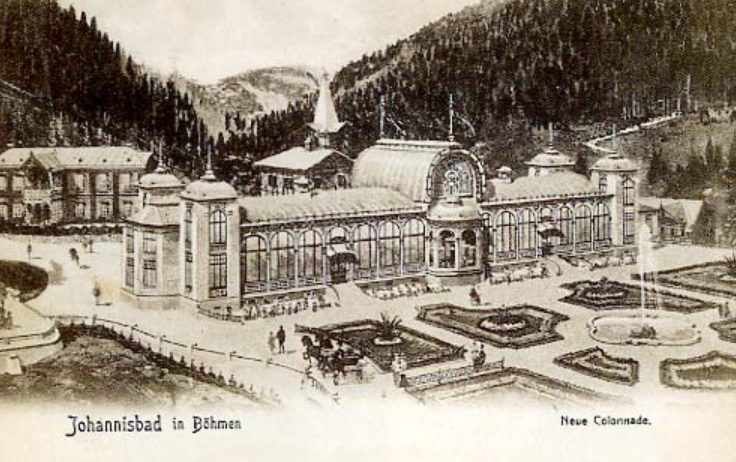
Thus Janské Lázně got into the church fund administered by the imperial court. In 1790 Janské Lázně obtained from the fund the merchant of linen goods František Theer of Hostinné promoted to a single lord of Silberstein. In 1868 the spa became the property of Hugo Wihard of Libava and in the same year it was owned by the factory owner Steffan from Libava.
Janské Lázně expanded and in 1881 it was promoted to a small town . In 1902 the spa bought the village . In 1920, the joint-stock company took over the spa with all its equipment, land and springs , and the period of the greatest development of Janské Lázně came.
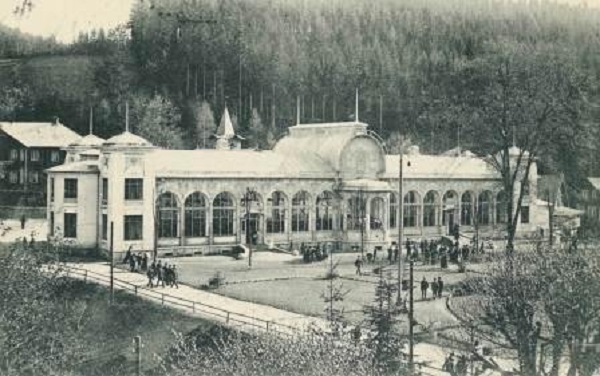
In 1928, a gondola lift to the top of Montenegro was put into operation . In 1935, a treatment method for polio conditions according to the American spa Warm-Springs was introduced. During World War II Janské Lázně served as military hospitals and hostels for refugees from lost territories.
After the end of the war, Janské Lázně has received a worldwide response to the success of polio treatment . The Marshal Plan is to build a new spa complex. After the events of February 1948 , however, for political reasons this does not happen, although some excavation works have already begun. During this period, some hotels and boarding houses changed into a trade union convalescent home , where a large number of workers were recruited annually. The former village of Černá Hora and Janské Lázně were merged .
In 1965 Janské Lázně was promoted to a town . In 1977, a television transmitter on Montenegro was put into operation, and in 1980 a new cable car to the top of Montenegro. In the same year, the children’s hospital Vesna was opened . In 1982 a new spa center was created and connected to the old colonnade.
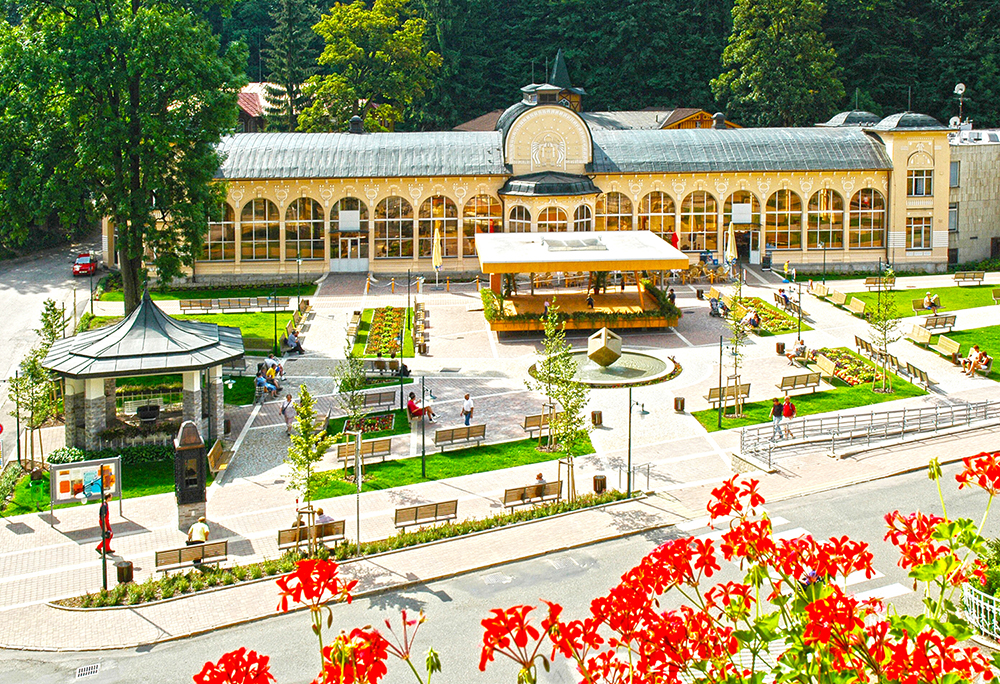
After the change of state regime in 1989, some hotels and boarding houses came into private hands, but the spa itself remained a state enterprise. The largest building of this period is the construction of the Business Academy for the Disabled, which was put into operation in 1994 .
If you have not already subscribed to get TresBohemes.com delivered to your inbox, please use the form below now so you never miss another post.
We know that you could spend hours, days, weeks and months finding some of this information yourselves – but at this website, we curate the best of what we find for you and place it easily and conveniently into one place. Please take a moment today to recognize our efforts and make a donation towards the operational costs of this site – your support keeps the site alive and keeps us searching for the best of our heritage to bring to you.
Remember, we rely solely on your donations to keep the project going.



